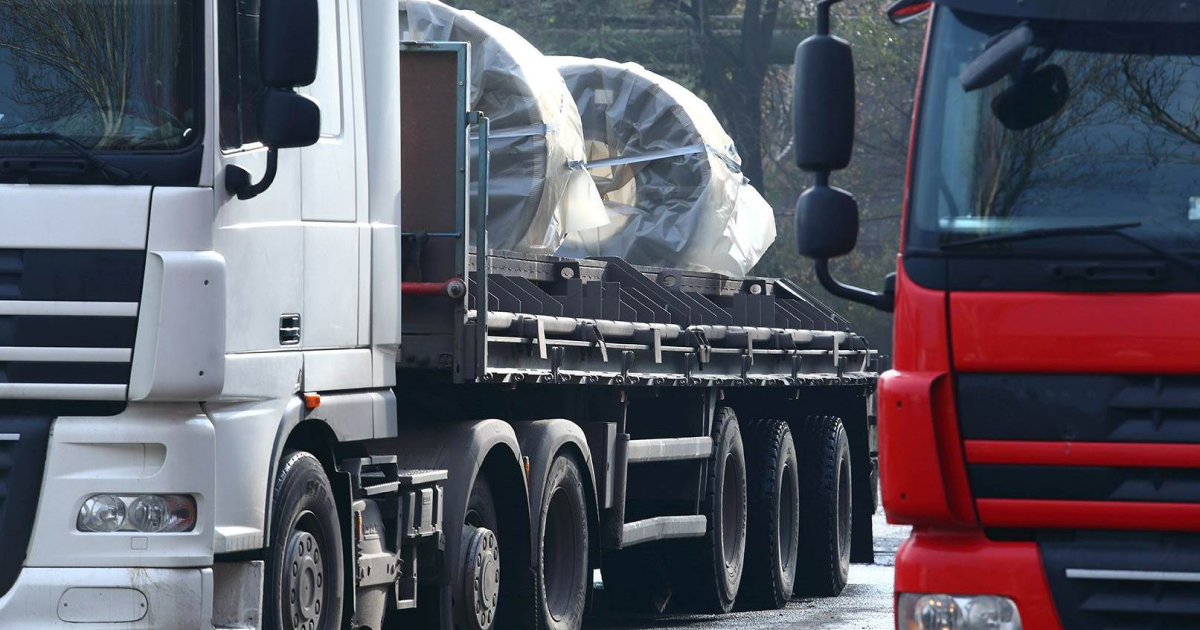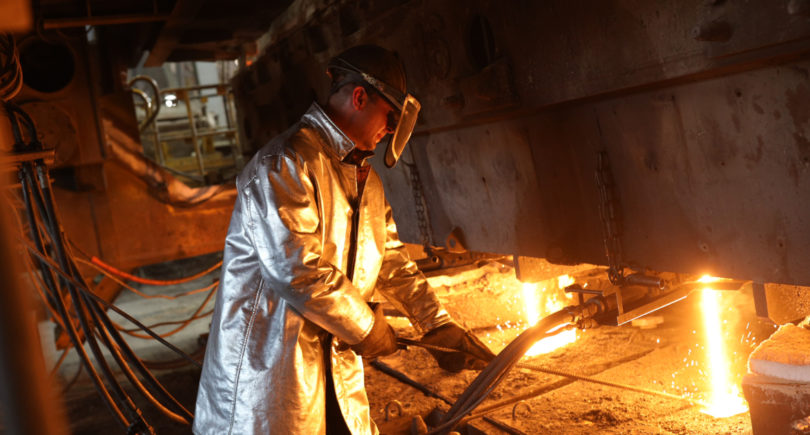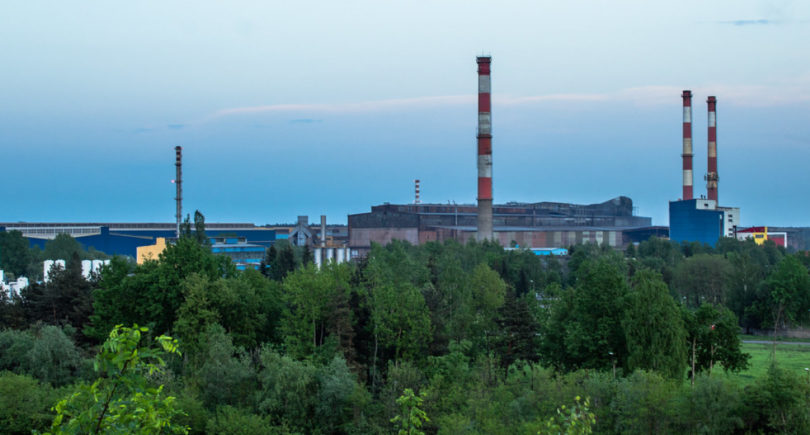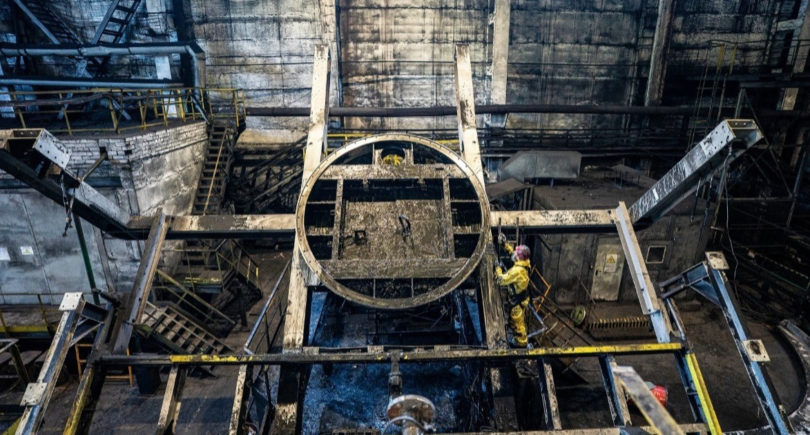
The increase in exports is facilitated by the unblocking of roads, however, transshipment in ports and border crossing remain bottlenecks
Metinvest Group increased its exports of steel products to Poland by 16% in 2023 compared to 2022. The increase in cargo traffic is facilitated by the unblocking of routes, but transshipment in ports and border crossings remain bottlenecks, said Yulia Mezentseva, Head of Logistics at Metinvest Polska, in an interview with Puls Biznesu.
«The year 2023 was slightly better for us than the previous one. There were no longer so many congestion and queues on the Polish railway network, which contributed to an increase in transportation efficiency. We recorded a 16% increase in tonnage compared to last year,» she added.
A total of 1.9 million tons of Metinvest’s products were transported through Polish railways and ports. Of these, about 1.3 million tons were steel products, 378 thousand tons were iron ore and 237 thousand tons were coking coal.
Out of the total volume of products delivered from Ukraine to Poland, 939 thousand tons were exported to other countries through Polish ports, including Germany, Italy and Slovakia. At the same time, transshipment by Polish ports is four times slower than at Black Sea terminals, Mezentseva notes.
Despite the improvement in the situation with the export and transit of Ukrainian goods through Poland compared to 2022, transportation problems still exist and relate directly to the iron and steel industry.
«The Polish-Ukrainian agreement stipulates that 6 trains a day with steel and iron ore should pass through the wide gauge at the Medyka checkpoint. In fact, only 3-4 are allowed to pass through, as the Polish border and railway administrations give priority to other transport. Therefore, we often have to wait for a long time at the border, which increases our costs. We have to pay CHF 1.9 per commercial railcar for every hour of downtime,» emphasizes Yulia Mezentseva.
One of the reasons for the long queues at the border could be the recent protests by Polish carriers and farmers.
«The queue on the Ukrainian side sometimes reached 70 kilometers. In the case of delicate goods that needed to be delivered to customers quickly, we sometimes decided to change modes of transport and transfer goods from cars to trains to avoid standing in a very long queue,» said the head of logistics at Metinvest Polska.
The company hopes that the suspension of the protests will facilitate uninterrupted transportation by road and rail and is interested in building long-term business relations in the Polish market.
«We are talking about challenges, but at the same time we are ready to work out solutions together with the Polish side. We want to simplify procedures and transportation,» Mezentseva summarizes.
In 2024, Metinvest expects to at least maintain, and perhaps even slightly increase, the supply of certain products to the Polish market. At the same time, local producers fear that Ukrainian steel could flood the Polish market, although, for comparison, in 2021, the company sold 1.2 million tons of steel directly to the Polish market, 0.7 million tons a year later, and 0.8 million tons in 2023, so this looks like temporary political speculation against Ukrainian exports.
As GMK Center reported earlier, Ukraine and Poland have always had extensive trade ties, particularly in mining and metals. Before the war, Ukraine had a large share in the Polish steel market, but by the end of 2022, the figure fell to 12%. Poland’s steel consumption has always been about 2.5 times higher than Ukraine’s, and therefore this market has always been very important and attractive for Ukrainian producers and exporters.
Read more about Ukrainian-Polish trade in steel and mining products in the GMK Center article.




